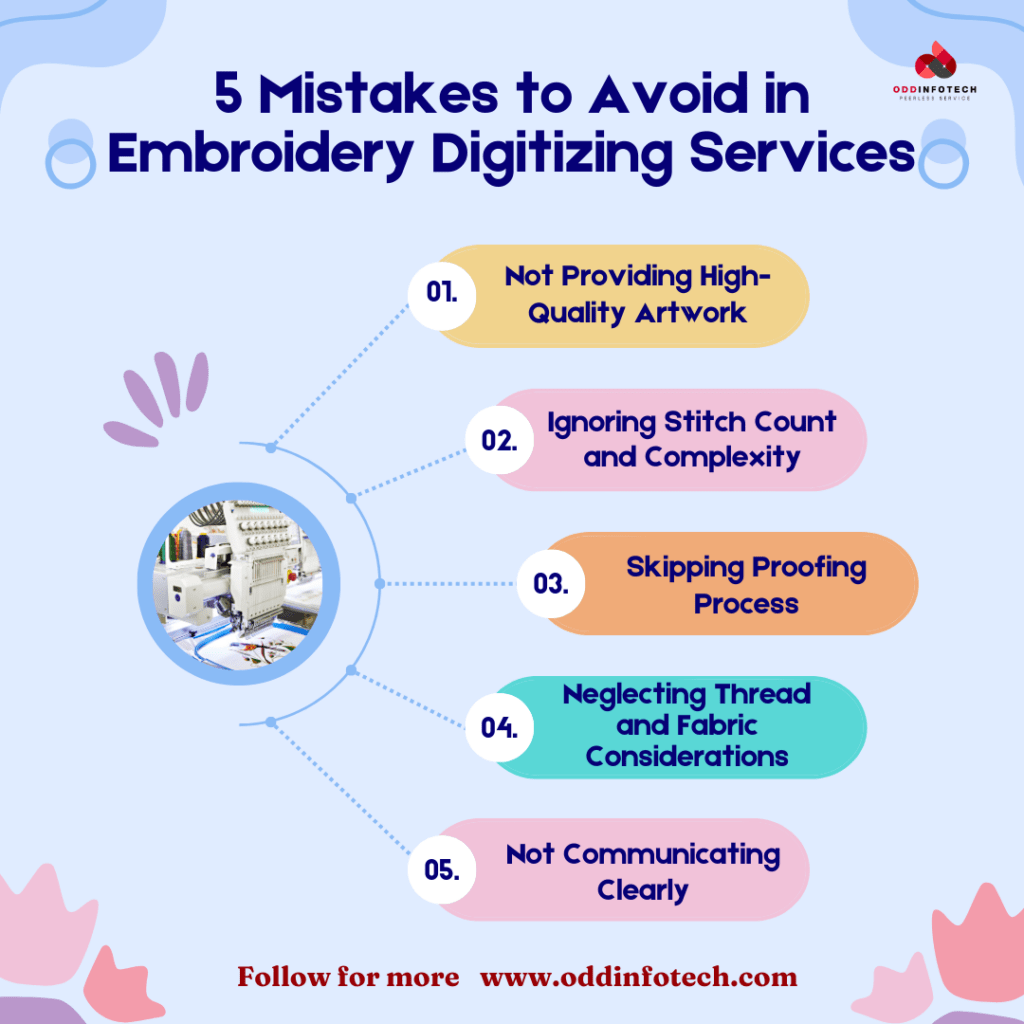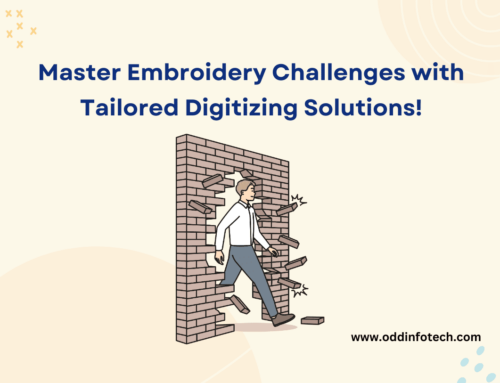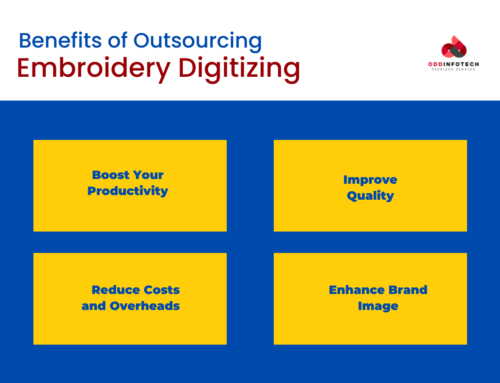Embroidery is an art that has stood the test of time, evolving from handcrafted designs to digitized masterpieces. In this fast-paced world, efficiency is key, especially when it comes to digitizing embroidery designs. Let’s explore five invaluable tips to save time and elevate your embroidery game!
Understanding the Basics of Digitizing Embroidery Designs
Exploring the World of Embroidery
Embroidery has been an integral part of human culture for centuries, adding beauty and personality to fabrics and garments. With the advent of technology, traditional embroidery techniques have merged with digital tools, opening up endless possibilities for designers.
The Art of Digitizing
Digitizing embroidery involves converting artwork into a format that embroidery machines can understand and replicate. It requires precision, attention to detail, and a thorough understanding of both traditional embroidery techniques and digital software.
Choosing the Right Embroidery Digitizing Software
To embark on your digitizing journey, it’s crucial to invest in reliable software that suits your needs. Look for user-friendly interfaces, robust editing tools, and compatibility with different embroidery machines. Quality artwork starts with quality software.

Transforming imagination into digital reality! Witness the art of digitizing embroidery designs, where creativity meets technology.
Top 5 Time-Saving Tips for Digitizing Embroidery Designs
1. Utilizing Embroidery Digitizing Software Effectively
Choosing the Right Software for Seamless Digitization
Embroidery digitizing software serves as the backbone of the digitization process. To maximize efficiency, familiarize yourself with the features and capabilities of your chosen software. Experiment with different tools and techniques to find what works best for your workflow. Additionally, stay updated with the latest software advancements to leverage new functionalities that can streamline your digitization process further.
2. Master the Art of Design Optimization
Before diving into digitizing, ensure that your artwork is optimized for the process. Quality artwork is essential for producing crisp and accurate embroidery designs. Clean up any imperfections in the image and simplify complex details to facilitate digitization. By starting with high-quality artwork, you’ll reduce the time spent refining the design during the digitization process.
3. Optimizing Stitch Types and Densities
Stitch types and densities play a crucial role in the final appearance and durability of an embroidery design. Experiment with different stitch types, such as satin stitches, fill stitches, and running stitches, to achieve the desired texture and dimensionality. Likewise, adjust the stitch densities to maintain the integrity of the design while minimizing the number of stitches required. By optimizing stitch types and densities, you’ll save time during both digitization and stitching.
4. Leveraging Automation Tools
Incorporating automation tools into your digitization workflow can significantly reduce manual labor and expedite the process. Look for software features that automate repetitive tasks, such as outlining shapes, generating underlays, and adjusting stitch parameters. By automating these processes, you’ll not only save time but also minimize the risk of human error, resulting in more consistent and professional-looking embroidery designs.
5. Organizing and Managing Design Files Efficiently
Efficient file organization is essential for maintaining a streamlined digitization workflow. Establish a systematic filing system that categorizes designs based on criteria such as size, complexity, and customer preferences. Additionally, utilize file management software to track the progress of each design, from initial digitization to final production. By staying organized and proactive, you’ll avoid unnecessary delays and ensure timely delivery of your embroidered creations.
Conclusion
In conclusion, digitizing embroidery designs is both an art and a science, requiring creativity, precision, and dedication. By implementing the time-saving tips outlined in this article, you can streamline your digitization process, maximize efficiency, and unleash your creative potential. We invite you to share your thoughts and experiences in the comments below. Happy digitizing!
Remember, with the right tools, techniques, and mindset, you can transform your passion for embroidery into stunning works of art that stand the test of time.







Leave A Comment